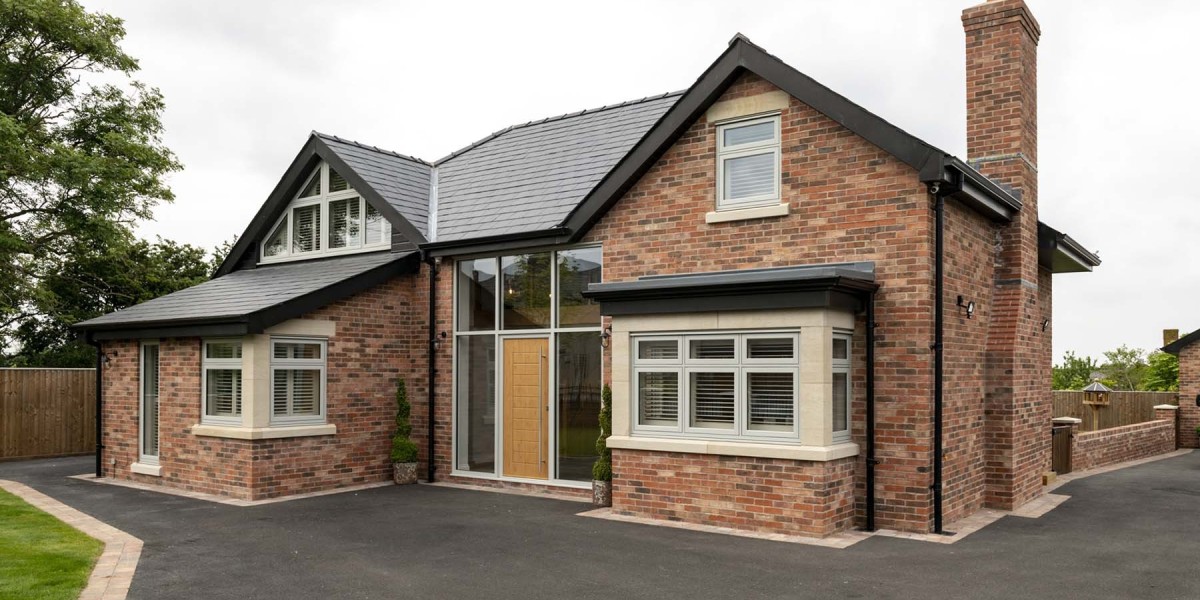Unlock the Secrets to Finding Your Perfect 3D Printer Without Breaking the Bank!
3D printing has revolutionized the way we create and manufacture items, captivating both hobbyists and professionals alike. As the technology becomes increasingly accessible, many are eager to explore the world of 3D printing without stretching their budgets. For those looking to dive into this innovative field, finding a budget-friendly 3D printer that meets individual needs is essential. This article focuses on 3D printers under $1000, guiding you through the myriad of options available. Our goal is to help you make an informed decision, ensuring that your first (or next) 3D printer perfectly fits your requirements while keeping your wallet happy.

Understanding 3D Printers
When exploring the world of 3D printers, it's crucial to understand the different types available. The three primary technologies dominating the market are Fused Deposition Modeling (FDM), Stereolithography (SLA), and Selective Laser Sintering (SLS). FDM printers use a thermoplastic filament, which is heated and extruded layer by layer to build a model. They are often the most affordable and user-friendly option, making them popular among beginners. On the downside, FDM printers can struggle with intricate details and require post-processing to achieve a polished finish.
SLA printers, on the other hand, utilize a liquid resin that is cured layer by layer with a UV light. This technology offers exceptional detail and smooth surface finishes, ideal for detailed models and prototypes. However, SLA printers can be more expensive and require more maintenance, including handling toxic resins. Finally, SLS printers use a laser to fuse powdered materials, creating robust parts without the need for support structures. While SLS printers are often found in professional settings, they tend to exceed the $1000 budget. Understanding these technologies will help you choose the right printer for your specific needs.
Key Features to Consider When Choosing a 3D Printer
Once you have a grasp of the different types of 3D printers, it’s important to consider the key features that will impact your printing experience. Build volume is a critical aspect; it defines the maximum size of the object you can create. If you plan to print larger models, ensure the printer has an adequate build area. Print speed is another essential feature; faster printers can produce models more efficiently, which is especially useful for prototyping.
Layer resolution, measured in microns, affects the detail and quality of your prints. Lower microns equate to finer details, but it may slow down the printing process. Material compatibility is also vital; different printers support various filaments or resins, impacting the types of projects you can undertake. Evaluate these features based on your intended use, as they will significantly influence the overall performance and usability of your 3D printer.
Comparing Options: What to Look for in Budget-Friendly 3D Printers
While searching for the best 3D printer under $1000, it's essential to assess the value for money. Start by examining the warranty and customer support offered by the manufacturer; reliable support can save you headaches down the line. Additionally, consider the availability of community resources such as forums, user groups, and tutorials. A strong community can provide invaluable support, troubleshooting tips, and inspiration for your projects.
Upgradability is another critical factor; as your skills evolve, you may want to enhance your printer's capabilities. Look for models that allow for future upgrades or modifications to keep your investment relevant over time. By carefully comparing these aspects, you can ensure that your budget-friendly 3D printer will serve you well in the long term.
Tips for Making the Most Out of Your 3D Printing Experience
Additionally, many beginners can come across common issues when checking the quality of their prints, so consider cleaning the bed regularly, checking the nozzle for clogs, and familiarizing yourself with different filaments. It's crucial to prepare hotend and bed settings to prevent print issues. Experimenting with several slicers and software will enhance your experience, yielding better results; there are many tips available to make the printing process more user-friendly.
Lastly, don’t hesitate to join online communities or local maker spaces. Engaging with other enthusiasts can provide motivation, troubleshooting help, and new ideas for projects. Whether you’re a novice or an experienced user, these tips can enhance your printing journey and lead to successful prints.
Key Considerations for Your 3D Printer Purchase
In summary, finding the best 3D printer under $1000 involves careful consideration of various factors, including printer types, essential features, and value for money. Understanding your specific needs and how different printers align with those requirements will ensure you make a wise investment. Take your time to evaluate options, read reviews, and engage with communities to gather insights. Remember, the best 3D printer is the one that resonates with your projects and aspirations, allowing you to bring your creative ideas to life without breaking the bank.







